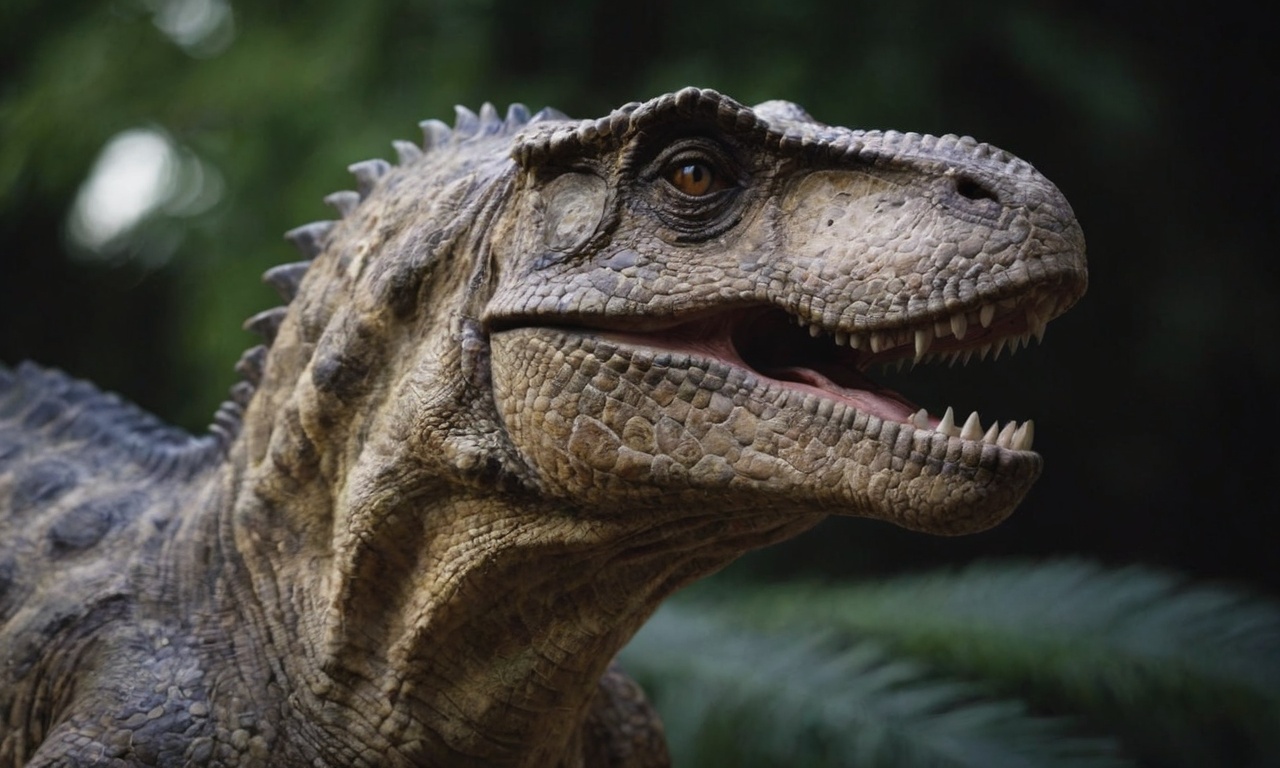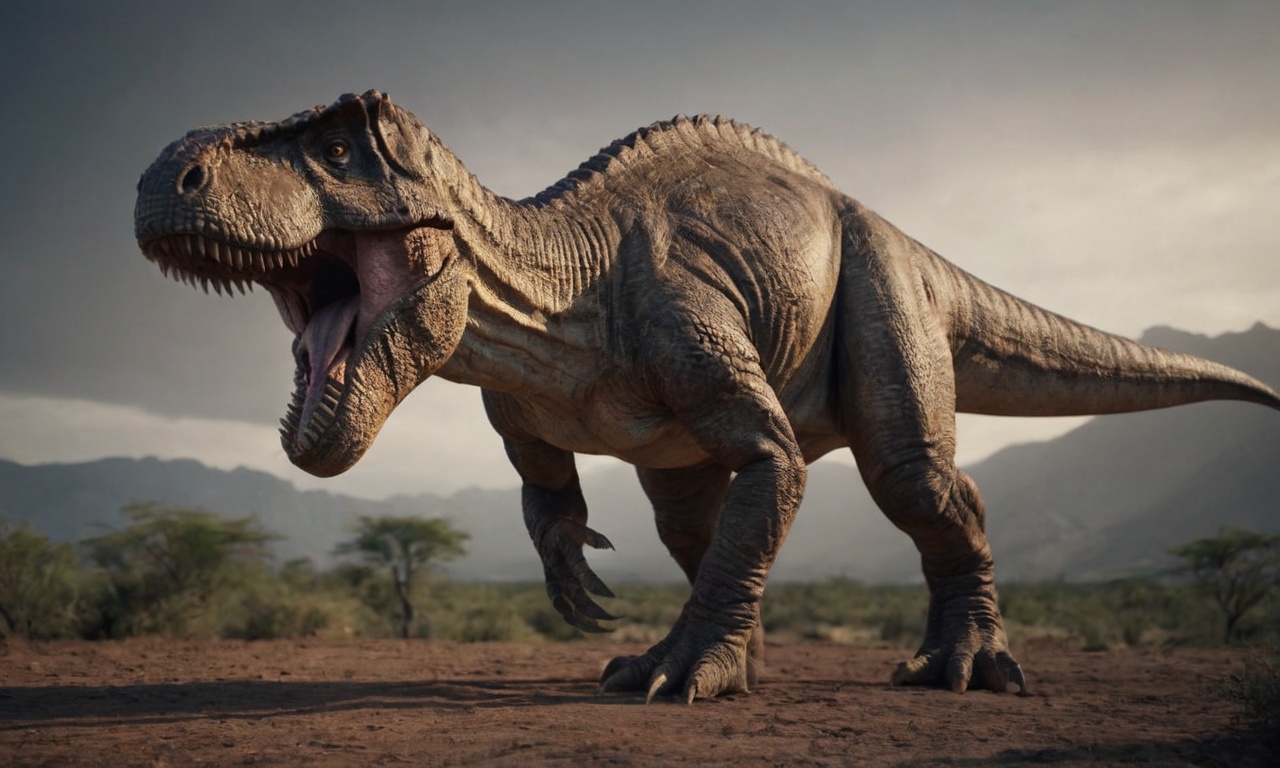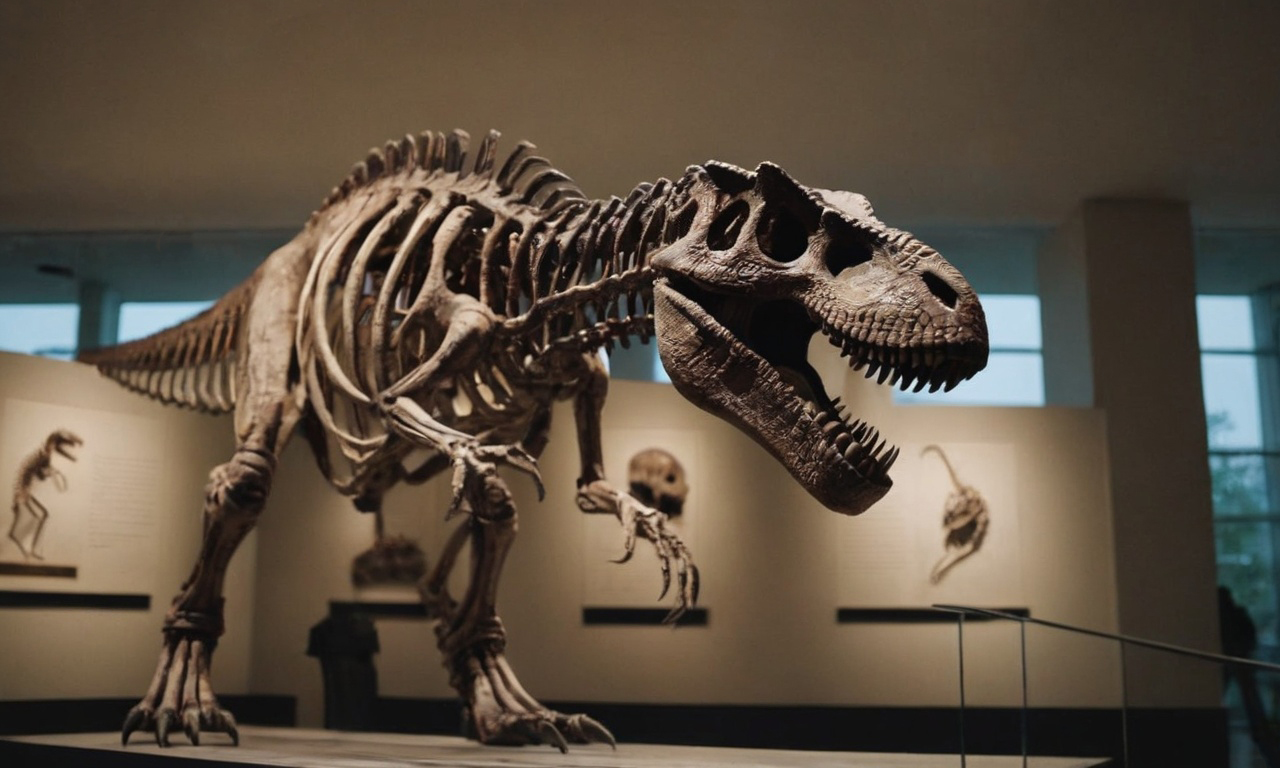Dinosaurs: A Visual Encyclopedia

Embark on a journey to a world where Dinosaurs roamed the Earth. These magnificent creatures dominated the planet for millions of years. Dinosaurs left an indelible mark on history. More than 100 prehistoric species existed, each with unique features. Some species had feathers, while others boasted scales or fur. The era of Dinosaurs witnessed incredible biodiversity. Evolution and fossilization reveal fascinating insights into their lives. Understanding these ancient beings helps us appreciate the complexity of life on Earth.
Types of Dinosaurs

Feathered Dinosaurs
Feathered dinosaurs offer a fascinating glimpse into the past. These creatures displayed a variety of feathers, which scientists believe played roles in flight, insulation, and display. Archaeopteryx stands out as a key species, often considered a link between dinosaurs and birds. This species had both feathers and claws, showcasing unique evolutionary traits.
Key Species and Characteristics
Archaeopteryx: Known for its bird-like features and feathered wings.
Velociraptor: Displayed feathers, enhancing speed and agility.
Microraptor: Possessed four wings, aiding in gliding.
Exclusive Images and Reconstructions
Explore exclusive images that bring these feathered dinosaurs to life. Stunning reconstructions reveal intricate feather patterns and vibrant colors. Each image reflects the latest paleontological research, providing insights into their habitats and behaviors.
Furry Dinosaurs
Furry dinosaurs, though less common, present an intriguing aspect of prehistoric life. These dinosaurs had fur-like structures, possibly for warmth or camouflage. The presence of fur suggests adaptations to diverse environments.
Key Species and Characteristics
Kulindadromeus: Exhibited both scales and fur-like filaments.
Psittacosaurus: Featured bristle-like structures on its tail.
Tianyulong: Had filamentous structures covering its body.
Exclusive Images and Reconstructions
Delve into detailed images and reconstructions of furry dinosaurs. These visuals highlight the unique textures and adaptations of each species. The reconstructions provide a vivid understanding of their appearance and ecological roles.
Scaly Dinosaurs
Scaly dinosaurs represent the classic image of these ancient giants. Their scales offered protection and helped regulate body temperature. These dinosaurs roamed various landscapes, from forests to deserts.
Key Species and Characteristics
Tyrannosaurus Rex: Known for its massive size and powerful jaws.
Triceratops: Featured a distinctive frill and three horns.
Stegosaurus: Recognized by its plated back and spiked tail.
Exclusive Images and Reconstructions
Discover exclusive images capturing the majesty of scaly dinosaurs. The reconstructions showcase their formidable presence and diverse habitats. Each image provides a window into the world these dinosaurs inhabited.
Prehistoric Animals
Marine Reptiles
Marine reptiles ruled the ancient seas. These creatures adapted to life in water with unique features. The Ichthyosaurus resembled modern dolphins. This species had a streamlined body and large eyes for hunting in deep waters. The Plesiosaurus possessed a long neck and small head. This reptile used flippers to glide through the ocean.
Key Species and Characteristics
Ichthyosaurus: Streamlined body, large eyes, and fast swimmer.
Plesiosaurus: Long neck, small head, and four flippers.
Mosasaurus: Powerful jaws and robust tail for swift movement.
Exclusive Images and Reconstructions
Explore detailed images of marine reptiles. These visuals capture the sleek bodies and dynamic movements. Each reconstruction reflects the latest research on these ancient sea dwellers.
Flying Reptiles
Flying reptiles soared through prehistoric skies. Hatzegopteryx amazed scientists with its enormous wingspan. This pterosaur's wings stretched about 36 feet, rivaling small airplanes. The Pteranodon featured a distinctive crest on its head. This adaptation helped with balance during flight.
Key Species and Characteristics
Hatzegopteryx: Massive wingspan and strong beak.
Pteranodon: Crest on head and long, slender wings.
Quetzalcoatlus: One of the largest flying animals, with a lightweight frame.
Exclusive Images and Reconstructions
Discover exclusive images of flying reptiles. These reconstructions highlight the impressive wings and aerodynamic shapes. Each image provides insight into their flight capabilities and ecological roles.
Educational Content
Geography of the Dinosaur Era

Continental Drift and Habitat
Continental drift shaped the world where dinosaurs thrived. Pangaea, a supercontinent, existed during the Triassic period. This massive landmass began breaking apart over millions of years. As continents drifted, dinosaurs adapted to new habitats. Diverse environments emerged, from lush forests to arid deserts. Each habitat influenced dinosaur evolution and behavior.
Climate and Environment
The climate during the dinosaur era varied greatly. The Triassic period featured a hot, dry climate with vast deserts. Jurassic times saw more humid conditions, leading to dense forests. The Cretaceous period introduced flowering plants and diverse ecosystems. Dinosaurs adapted to these changing climates. These adaptations included physical traits and behaviors that ensured survival.
Biology and Science
Anatomy and Physiology
Dinosaurs displayed remarkable anatomical diversity. Some species had feathers, while others had scales or fur-like structures. These features served various purposes, such as insulation or display. Dinosaurs also varied in size, from small bird-like creatures to massive giants. Understanding dinosaur anatomy helps scientists learn about their lifestyles and survival strategies.
Diet and Behavior
Diet played a crucial role in dinosaur behavior. Herbivores like Triceratops grazed on plants, using specialized teeth for chewing. Carnivores like Tyrannosaurus Rex hunted prey with powerful jaws. Some dinosaurs exhibited social behaviors, forming herds or packs. These behaviors provided protection and increased hunting success. Studying dinosaur diet and behavior offers insights into their complex lives.
Evolution and Extinction
Evolutionary Pathways
Dinosaurs evolved over millions of years. These creatures adapted to diverse environments. Evolution led to a variety of forms and sizes.
From Dinosaurs to Birds
Some Dinosaurs developed feathers. Feathers provided insulation and aided in flight. Archaeopteryx represents a link between Dinosaurs and birds. This species had both feathers and claws. The evolution from Dinosaurs to birds showcases adaptive traits.
Adaptive Traits
Dinosaurs displayed remarkable adaptability. Some species developed long necks for reaching high vegetation. Others evolved sharp teeth for hunting prey. Adaptive traits ensured survival in changing climates. These traits highlight the complexity of Dinosaur evolution.
Theories of Extinction
The extinction of Dinosaurs remains a mystery. Several theories attempt to explain this event. Scientists study these theories to understand past extinctions.
Asteroid Impact
An asteroid impact theory suggests a catastrophic event. A massive asteroid struck Earth 66 million years ago. This impact caused fires and blocked sunlight. The resulting climate change led to mass extinction. Evidence includes a layer of iridium-rich clay worldwide.
Volcanic Activity
Volcanic activity offers another extinction theory. Massive eruptions released gases into the atmosphere. These gases caused acid rain and global cooling. Volcanic activity disrupted ecosystems and food chains. This theory explains the gradual decline of Dinosaurs.
Fossilization and Discoveries

Process of Fossilization
Fossilization preserves ancient life. You can explore how this process unfolds.
Conditions Required
Fossils form under specific conditions. Rapid burial protects remains from decay. Sediment layers cover the remains over time. Minerals replace organic material, creating a fossil. These conditions ensure preservation.
Types of Fossils
Different fossils reveal varied aspects of prehistoric life. Body fossils include bones and teeth. Trace fossils capture footprints and nests. Each type offers unique insights into ancient ecosystems.
Famous Discoveries
Fossil discoveries have transformed our understanding of dinosaurs. You can learn about remarkable finds and those who made them.
Notable Paleontologists
Paleontologists uncover the secrets of the past. Mary Anning discovered the first complete Ichthyosaurus skeleton. Richard Owen coined the term "dinosaur." These pioneers expanded our knowledge of prehistoric life.
Iconic Fossil Finds
Iconic fossil sites hold treasures of history. Dinosaur National Monument contains around 1,500 fossilized bones. This site dates back millions of years. Archaeopteryx fossils link dinosaurs to birds. These discoveries illuminate evolutionary pathways.
Explore evolution, fossilization, and climate change to gain insights into the dinosaur era. Fossils reveal that life on Earth changes through evolution. Key fossils like Archaeopteryx show links between dinosaurs and birds. Paleontologists study these fossils to reconstruct the past. Climate change shaped dinosaur habitats and behaviors. Understanding these topics provides a comprehensive view of the dinosaur era. Each discovery enhances knowledge about these ancient creatures and their world.
See Also
Exploration: An Illustrated Handbook
Discoveries: An Illustrated Reference
Prehistoric Creatures: Museum Welcome

